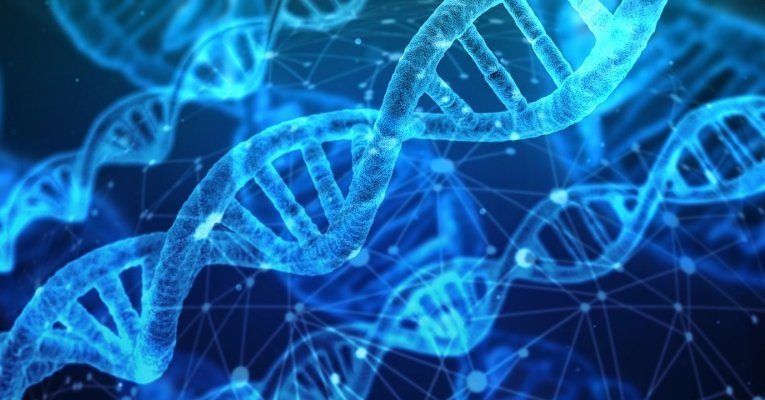The team released their study in Science journal this week that reveals the "DNA switches" that animals have used to control their genes and regenerate parts of their body.
Basing their research on the three-banded panther worm, the team led by Harvard Assistant Professor of Organismic and Evolutionary Biology Mansi Srivastava were able to pinpoint the "master control gene" they refer to as the early growth response or EGR-the gene that activates the complex system of genetic code necessary to trigger the worm's ability to regrow lost tissue and complex parts.
Andrew Gehrke, a postdoctoral fellow in Srivastava's lab, told The Harvard Gazette:
"What we found is that this one master gene comes on [and activates] genes that are turning on during regeneration... Basically, what's going on is the noncoding regions are telling the coding regions to turn on or off, so a good way to think of it is as though they are switches."Gehrke was able to identify no less than 18,000 regions of the panther worms' genome that began to physically undergo transformation during regeneration, showing the importance of EGR in triggering the process. However, without EGR such processes are rendered impossible.
Srivastava explained:
"We were able to decrease the activity of this gene and we found that if you don't have EGR, nothing happens... The animals just can't regenerate. All those downstream genes won't turn on, so the other switches don't work, and the whole house goes dark, basically."But the truly groundbreaking nature of the team's discovery lies in the fact that the same switch discovered in the worm is also present in other species, such as humans. But at present, the gene appears to only set in motion processes on a cellular level-a far more limited process than what's required for full-on limb regeneration.
Srivasta continued:
"If humans can turn on EGR, and not only turn it on, but do it when our cells are injured, why can't we regenerate? The answer may be that if EGR is the power switch, we think the wiring is different. What EGR is talking to in human cells may be different than what it is talking to in the three-banded panther worm, and what Andrew has done with this study is come up with a way to get at this wiring. So we want to figure out what those connections are, and then apply that to other animals, including vertebrates that can only do more limited regeneration."The team is hopeful, however, that their discovery of such a dynamic genome is merely the tip of the iceberg. Gehrke noted that the team has "only just scratched the surface... but there's a whole other aspect of how the genome is interacting on a larger scale, not just how pieces open and close."
Srivastava is hopeful that the discovery could point the way to human patients regrowing entire lost limbs and appendages in cases where they have been severed. She said:
"It's a very natural question to look at the natural world and think, if a gecko can do this, why can't I? There are many species that can regenerate, and others that can't, but it turns out if you compare genomes across all animals, most of the genes that we have are also in the three-banded panther worm."




Reader Comments
to our Newsletter